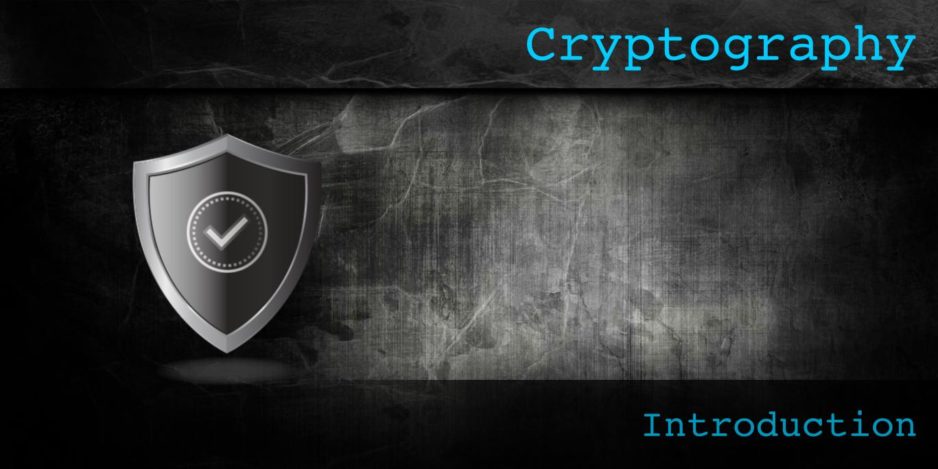Introduction
Once exclusive used by Government and Military, cryptography has now become an integral part of our everyday modern life.
Even though most of us do not comprehend, we use cryptography every day and benefit from the security and privacy provided by it.

You should already be knowing that the green padlock icon on the address bar denotes that the connection to the website is “secure”. This actually means that all the communication between your browser and the website is encrypted using the HTTPS protocol. HTTPS stands for Hyper Text Transfer Protocol Secure and uses the Transfer Layer Security (TLS) cryptographic system to encrypt the communication.
But, it’s not just about websites, the Simple Mail Transfer Protocol (SMTP) used for sending and receiving emails is also secured using TLS.
Cryptographic systems are also used for securing communication in chat application like Skype, or Slack.
So, no matter what you do online, it is highly likely that you are interacting with some kind of cryptographic system.
Again, it’s not just online. Ever tried to access the Home folder of other users on your computer? Yeah… everyone has tried that at least once… human curiosity, you know. But thankfully we have an encryption system in place to embarrass us.

So, as you can see, cryptography is being used everywhere, in our computers, our smartphones, on the internet, everywhere. And now, as technology has started to spread beyond just the computers and the internet, the need for secure encryption systems cannot be less emphasized.
In this series of articles, we will try to take a deep dive into the realm of cryptography and understand how the different systems work, and how to prove their trustworthiness.

